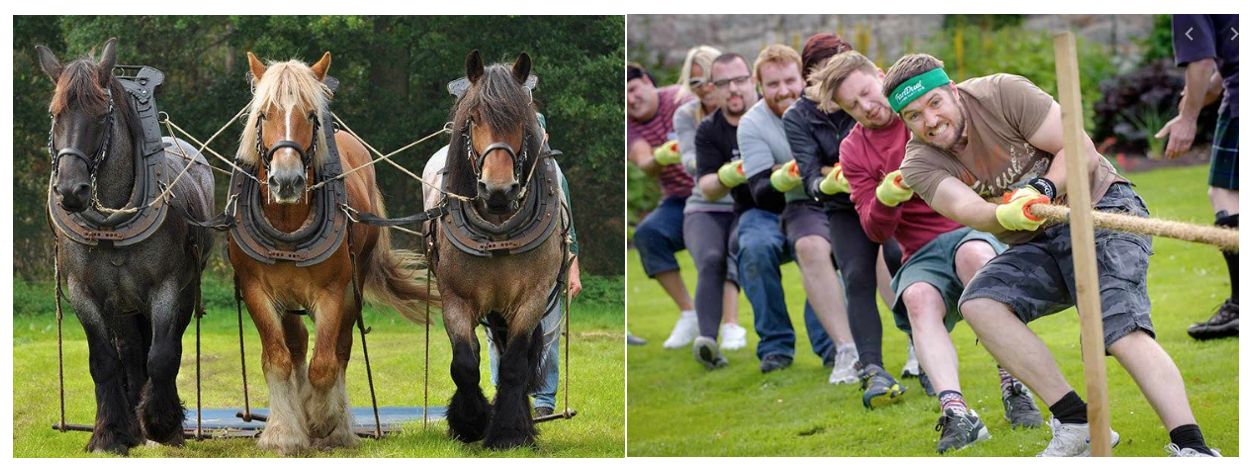A sustainable safety culture is everyone’s business.
Recently, I heard a senior manager of a port authority make the cringeworthy statement that “safety should first and foremost be part of the DNA of the operational staff, because members of the executive committee have other things to worry about…”. Wrong, wrong and wrong again!
When it comes to safety culture, many organisations tend to look at the employees and direct managers on the shop floor. After all, that’s where the executive activities take place and where most accidents at work happen. At least, that’s the theory.
But if we dig deeper into the real meaning of a sustainable safety culture, we can only come to the conclusion that everything revolves around the question of how many people – right across the organisation – show authentic safety ownership, regardless of their job level, their tasks and/or responsibilities.
But wait, there’s more: after all, the quoted reasoning completely ignores the fact that an organisation is a collective whole with its own identity, its own values and standards and its own corporate culture. Within such a collective, everything and everyone influences each other. Not in the least when it comes to safety.
Let it be clear: within a strong safety culture, everyone, without exception, has a specific role. A brief overview makes this clear.
Board of Directors and senior management
As true promoters of safety, management and senior management can be expected to have a regular and proactive presence on the shop floor.
For this specific function group, it should be evident that they refuse to make any concessions when it comes to safety, whether or not in the interest of the production results. To such an extent that they must fully meet any meaningful demand for safety resources and support.
Line management
Regardless of the fact that, from a legal point of view, this group bears ultimate responsibility for occupational safety in the workplace, line management can first and foremost be expected to set an impeccable example. As true safety ambassadors, we can expect them to coach their immediate supervisors in managing the correct safety behaviour in the workplace.
By doing so, the much-needed trust of the immediate supervisors in keeping line management informed of possible safety issues grows. The fact that line management creates the necessary preconditions for the team leaders to tackle safety challenges themselves is a first step towards collective safety ownership.
Direct managers
All too often, this is a highly underestimated function group, also when it comes to occupational safety. Direct managers can be expected to turn every safety meeting into an inspiring learning moment and to encourage the people in their team to report any unsafe situation immediately.
They are the first and also the most powerful lever to give direct feedback on the safety behaviour of their employees. This way, it is possible to continuously work on behavioural development, change and influence.
Operational employees
In a strong safety culture, operational employees are not passive objects but actively cooperating ones. This function group can mainly be expected to care not just for their own safetybut also for that of their colleagues. This obviously means that they must never look the other way and react immediately to unsafe actions.
Equally, they should be expected to report unsafe situations and even formulate proposals to improve safety at work.
If you thought that we’ve reached the end of the line by now, you are wrong.
What about the following groups?
Your office workers
Unfortunately, ‘They have nothing to do with occupational safety’ is a frequently heard statement and they themselves are usually the first to say so. However, nothing could be further from the truth.
Occupational safety and health is also manifestly an issue in the office, especially since ergonomic risks or falling and tripping are one of the most common causes of occupational accidents. Therefore, office workers also have an ambassadorial role to play, not least with regard to customers, visitors or other external parties.
Contractors
This group can and should be expected to add value to your safety culture, not to devalue it. It is a matter of enforcement, and this should start during the contract negotiation phase.
As you notice: a strong safety culture is of and for all your stakeholders. No internal or external function group can escape this.














